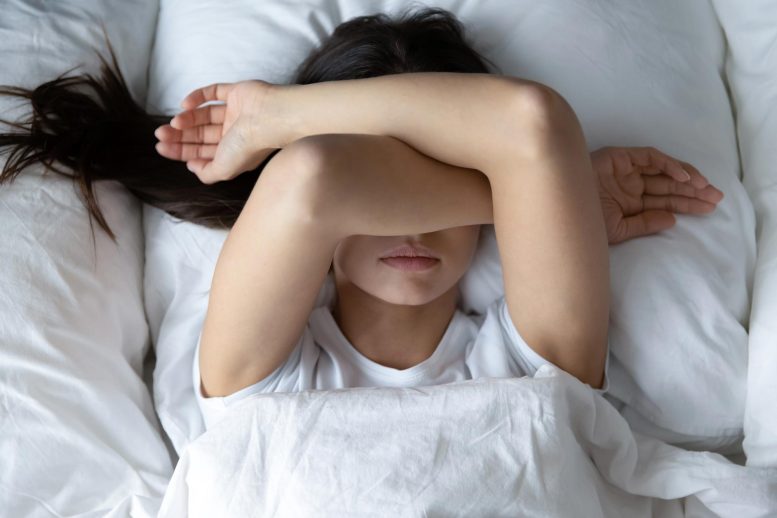
Sleep specialists recommend turning off lights before going to bed.
Night lights, left-on TVs, and smartphones have all been related to dramatically greater disease rates
A recent Northwestern Medicine study of older men and women aged 63 to 84 found that individuals who were exposed to any level of light while sleeping at night were considerably more likely to be obese, have high blood pressure, and have diabetes than people who were not exposed to any light at all.
Over the course of seven days, light exposure was assessed using a wrist-worn device.
The prevalence of any nighttime light exposure being connected to greater rates of obesity, high blood pressure (also known as hypertension), and diabetes in older adults can be seen in this real-world (not experimental) study. On June 22nd, 2022, the research was published in the journal SLEEP.
“Whether it be from one’s smartphone, leaving a TV on overnight or light pollution in a big city, we live among an abundant number amount of artificial sources of light that are available 24 hours of a day,” said study corresponding author Dr. Minjee Kim, assistant professor of neurology at Northwestern University Feinberg School of Medicine and a Northwestern Medicine physician. “Older adults already are at higher risk for diabetes and cardiovascular disease, so we wanted to see if there was a difference in frequencies of these diseases related to light exposure at night.”
Less than half of the 552 study participants regularly saw a five-hour period of total darkness each day, which astonished the study’s researchers. Even during their five darkest hours of the day, which were often in the middle of sleep at night, the rest of the participants were exposed to some light.
Researchers are unsure of whether obesity, diabetes, and hypertension cause individuals to sleep with a light on or whether the light contributes to the development of these disorders since this was a cross-sectional study. With the light on, people with these conditions may be more prone to use the restroom in the middle of the night or have other reasons. A night light may be left on by a diabetic who has foot numbness to lessen the chance of falling.
“It’s important for people to avoid or minimize the amount of light exposure during sleep,” said senior study co-author Dr. Phyllis Zee, chief of sleep medicine at Feinberg and a Northwestern Medicine physician.
Zee and colleagues are considering an intervention study to test whether restoration of the natural light-dark cycle improves health outcomes such as cognition.
Zee offered tips to reduce light during sleep:
- Don’t turn the lights on. If you need to have a light on (which older adults may want for safety), make it a dim light that is closer to the floor.
- Color is important. Amber or red/orange light is less stimulating for the brain. Don’t use white or blue light and keep it far away from the sleeping person.
- Blackout shades or eye masks are good if you can’t control the outdoor light. Move your bed so the outdoor light isn’t shining on your face
Who are the study participants?
The study participants were originally enrolled in the Chicago Heart Association Detection Project in Industry (CHA), a public health program and an epidemiologic study conducted from 1967-1973 to identify high-risk adults for heart diseases in workplaces throughout the Chicago area. The study included a detailed examination of known risk factors for heart disease.
Almost 40 years later (2007-2010), Zee and Dr. Martha Daviglus, now an adjunct professor of preventive medicine at Feinberg, conducted a separate study (“Chicago Healthy Aging Study (CHAS)”) with 1,395 survivors of the original CHA study who agreed to participate. They underwent another detailed examination of blood pressure, weight, height, cholesterol, glucose, and other known risk factors for heart disease. In addition, they wore the actigraphy device on their non-dominant wrists for seven days and filled out a daily sleep diary. Slightly more than half of the actigraphy devices used had the capacity to measure light, which constitutes the basis of this new study.
The study was funded by the National Heart, Lung, and Blood Institute (grants R01 HL089695, R01 HL090873, R01 HL021010), the National Center for Advancing Translational Sciences (UL1TR001422), and the National Institute on Aging (P30AG059988), all of the National Institutes of Health.
Reference: “Light at night in older age is associated with obesity, diabetes, and hypertension” by Minjee Kim, Thanh-Huyen Vu, Matthew B Maas, Rosemary I Braun, Michael S Wolf, Till Roenneberg, Martha L Daviglus, Kathryn J Reid and Phyllis C Zee, 22 June 2022, SLEEP.
DOI: 10.1093/sleep/zsac130

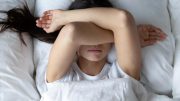
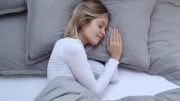
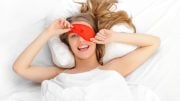
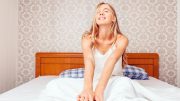
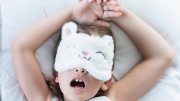

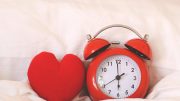

JFC, in a shocking follow-up study they find that breathing is also “Linked to Obesity, Diabetes, and High Blood Pressure”.
At the risk of appearing to be a grumpy old man seeking undue attention, again I see another medical study in which the underlying causes (to my experience, as opposed to only ‘evidence-based’) of obesity, diabetes and high blood pressure are unrecognized and/or not factored-in. About the only aggravating (agonizing?) factor missing from the 1967-1973 study was added ‘cultured’ MSG, not FDA approved for expanded use until 1980. Regardless, chronic subclinical non-IgE-mediated allergy reactions alone are sufficient to cause serious health problems. One possible factor I’m very well acquainted with is rapid pulse making it difficult to get to sleep and/or back to sleep and another is multiple trips to the bathroom in the night as the very-very mild allergy reactions subside and fluid from the mild allergy related inflammation is gradually released into my bladder. To me, these studies and this article are excellent examples of why my (Dr. Arthur F. Coca, THE PULSE TEST, 1956; no financial connection; long available free online in PDF format) kind of allergies should be factored-in to all medical research and investigated/identified in all cases of chronic disease.
Night lamp can be very helpful for people with phobia, warm dim light makes me feel safe and sleepy. In darkness I have panic attacks, literally every time I turn off all lights.